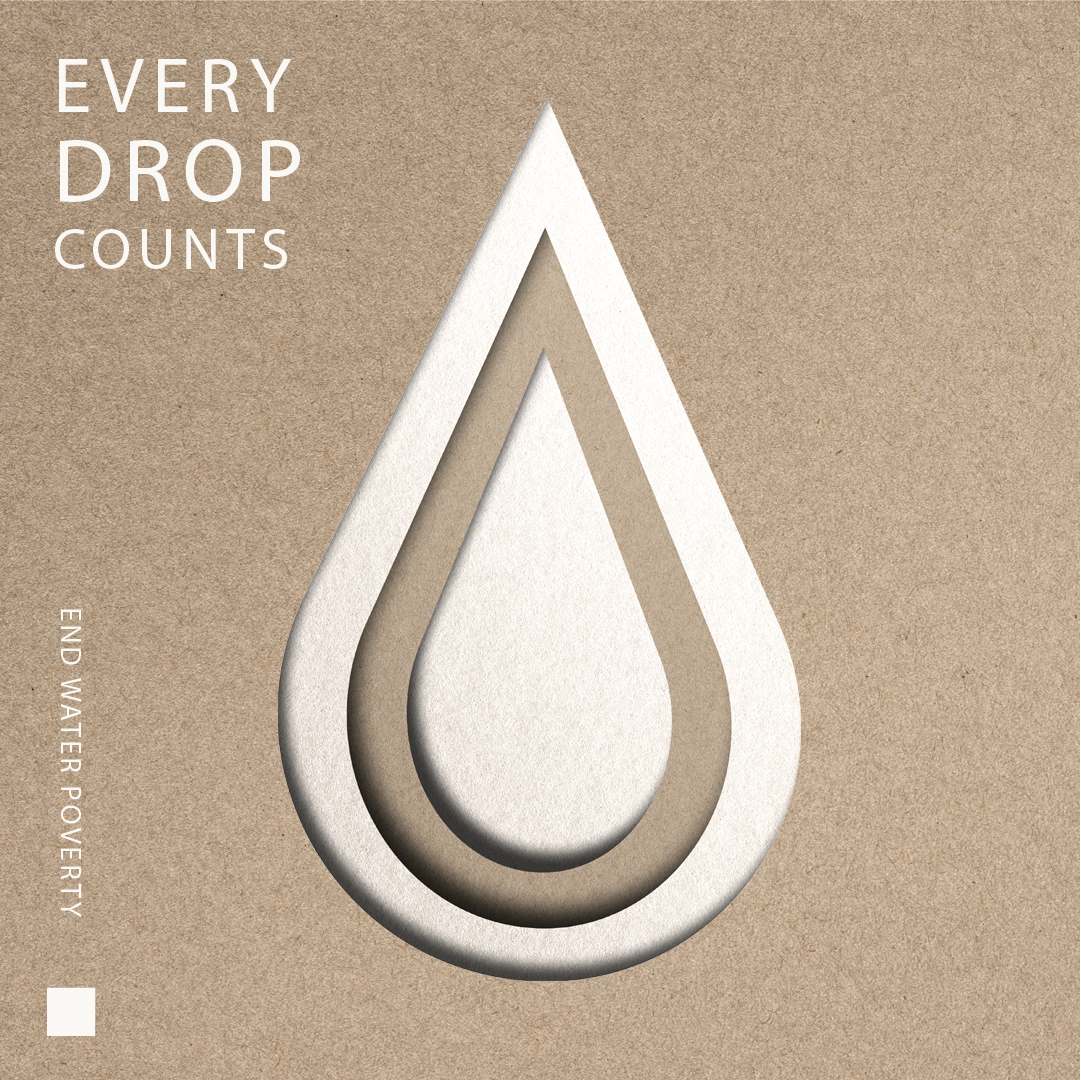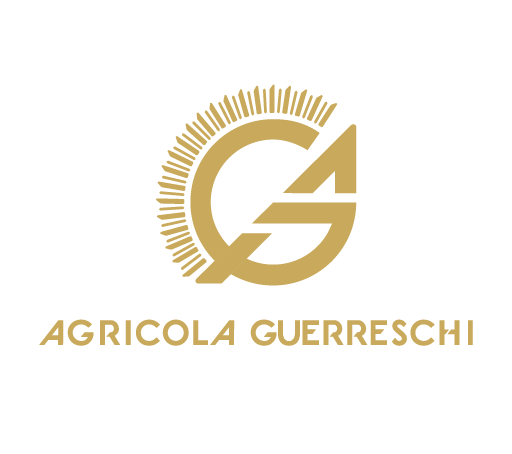



Agricola Guerreschi
Oliviculture
At Agricola Guerreschi, we’re not just about producing exceptional olive oil – we’re committed to doing so sustainably. Our oliviculture methodology is at the heart of everything we do, guiding our practices to ensure that we not only protect the environment but also contribute positively to the communities.
ENVIORMENT
and
STEWARDSHIP
We prioritize the health of our environment by employing practices that minimize our ecological footprint. From organic farming methods to water conservation techniques, every step of our oliviculture process is designed with sustainability in mind.
BIODIVERSITY CONSERVATION
and
RENEWABLE ENERGY INTEGRATION
As part of our commitment to reducing carbon emissions, we harness renewable energy sources such as solar power to meet our energy needs, further reducing our environmental impact.
We recognize the importance of biodiversity in maintaining healthy ecosystems. Our olive groves are not just monocultures but thriving ecosystems themselves, providing habitats for diverse plant and animal species.
SOIL HEALTH MANAGEMENT
and
WATER EFFICIENCY
Healthy soil is the foundation of our olive groves. Through techniques such as cover cropping, composting, and minimal tillage, we nurture the soil, ensuring its long-term fertility and resilience.
Water is a precious resource, especially in olive-growing regions. We utilize drip irrigation systems and implement water-saving practices to minimize water usage while maximizing its effectiveness.
Our Sustainable Oliviculture methodology
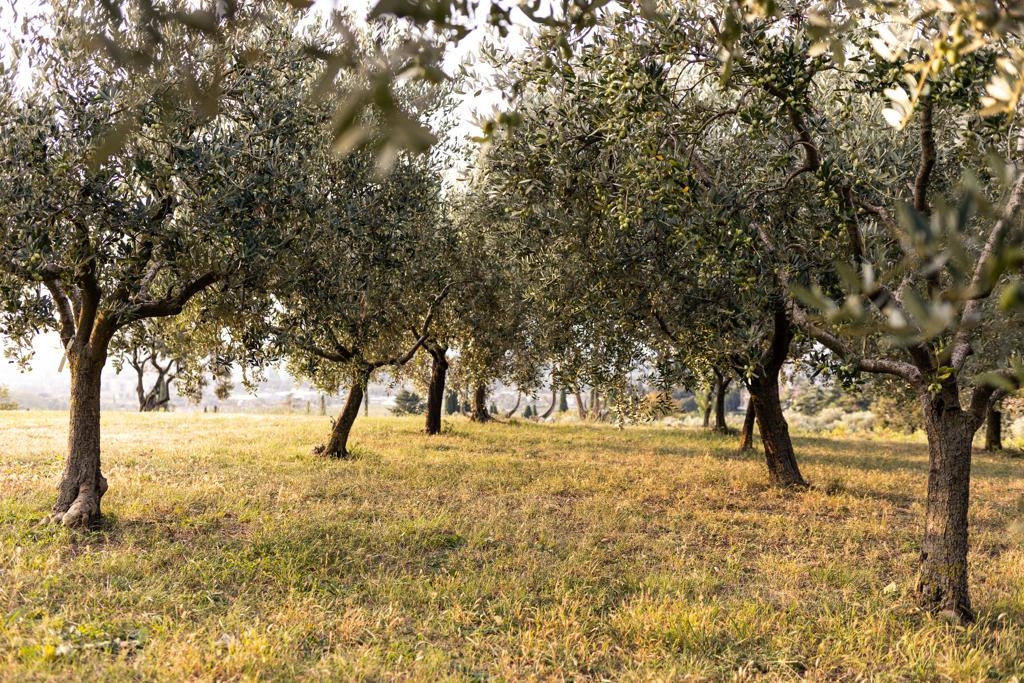
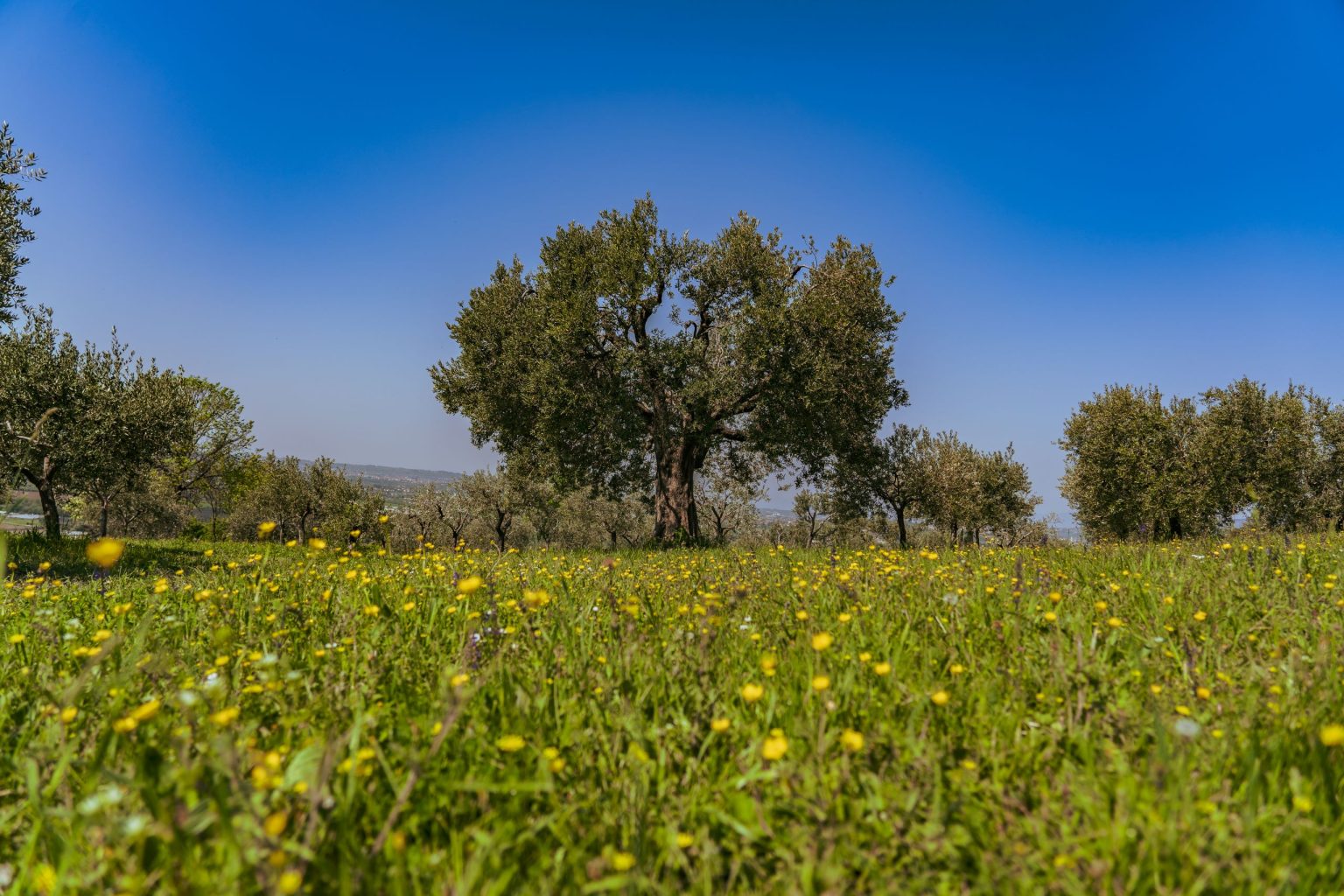

Pruning: Begin pruning olive trees early in the spring before new growth starts. Pruning helps shape the tree, improve airflow, and remove dead or diseased branches.
Fertilization: Applying organic fertilizers or soil amendments as needed to provide nutrients for the upcoming growing season. Conducting soil tests to determine nutrient deficiencies and adjust fertilizer applications accordingly.
Weed Control: Implementing weed control measures such as mulching or hand-weeding to prevent weed competition with young olive trees. Avoiding the use of synthetic herbicides that can harm beneficial soil organisms.
Pest Monitoring: Start monitoring for pests and diseases early in the spring to detect any potential issues before they become a problem. Using integrated pest management (IPM) strategies to manage pests and minimize the use of chemical pesticides. kaolin is used to protect our olive trees against the olive fruit fly (Bactrocera oleae) during spring to monitor the pests
Irrigation: Monitor soil moisture levels closely during the summer months and adjust irrigation schedules as needed to ensure adequate water supply for olive trees. Implement water-saving techniques such as drip irrigation and mulching to conserve water.
Pest and Disease Management: Continue monitoring for pests and diseases throughout the summer and take appropriate action if necessary. Use cultural practices such as pruning and proper irrigation to reduce pest and disease pressure. Kaolin mineral clay applied to plants in the form of a powder or suspension, creates a physical barrier that reflects sunlight, helping to lower the temperature of the plant and minimizing heat stress, especially during hot periods.
Canopy Management: Manage the canopy of olive trees by thinning out excess growth and removing any suckers or water sprouts. This helps improve airflow and sunlight penetration, reducing the risk of fungal diseases.
Harvest Preparation: As summer progresses, start preparing for the upcoming olive harvest. Inspect harvesting equipment, organize harvesting crews, and plan for storage and processing facilities.
Harvesting: Begin harvesting olives in the early autumn as they reach optimal ripeness. Harvesting methods may include handpicking or mechanical shaking, depending on the size and location of the olive grove.
Post-Harvest Handling: Handle harvested olives with care to avoid bruising or damage. Transport olives to processing facilities promptly to maintain oil quality and freshness.
Cover Cropping: Plant cover crops in the autumn to protect soil from erosion, suppress weeds, and improve soil health. Choose cover crop species that are well-suited to the local climate and soil conditions.
Pruning: Continue pruning olive trees as needed in the autumn to remove any dead or diseased branches and shape the tree for the upcoming growing season.
Soil Management: Take advantage of the winter months to conduct soil tests and assess soil health. Apply organic amendments such as compost or mulch to improve soil structure and fertility.
Tree Maintenance: Perform any necessary maintenance tasks on olive trees during the winter, such as repairing irrigation systems, replacing damaged branches, or applying dormant sprays for pest control.
Planning and Reflection: Use the winter months to reflect on the previous growing season and plan for the year ahead. Evaluate the success of sustainability practices and identify areas for improvement.
Training and Education: Take advantage of winter downtime to attend workshops, conferences, or training sessions related to sustainable oliviculture practices. Stay informed about the latest research and developments in the field
By following these seasonal steps for sustainable oliviculture, we effectively manage our olive groves throughout the year while minimizing environmental impact and promoting long-term sustainability.
Steps involved in our Oliviculture
We cultivate olives in a sustainable manner that protects the environment, conserves natural resources, and promotes the long-term viability.
Choosing suitable land for olive cultivation, considering factors such as soil quality, slope, and sunlight exposure. Preparing the land by clearing any debris, rocks, or weeds and ensuring proper drainage.
Selecting olive tree varieties that are well-suited to the local climate and soil conditions, as this can reduce the need for excessive irrigation, fertilization, and pest control.
Implementing practices to maintain soil health and fertility, such as cover cropping, composting, and mulching. Avoiding excessive tillage, which can disrupt soil structure and lead to erosion.
Utilizing efficient irrigation systems, such as drip irrigation, to minimize water usage and reduce water loss through evaporation. Implemented water-saving techniques such as deficit irrigation and rainwater harvesting.
Adopting an IPM approach to pest and disease control, emphasizing preventive measures such as crop rotation, natural predators, and resistant varieties. Minimize the use of synthetic pesticides and herbicides, opting instead for organic and environmentally friendly alternatives.
Preserving and enhancing biodiversity within the olive grove by planting companion crops, maintaining natural habitats, and providing nesting sites for beneficial insects and birds. This can help control pests and improve overall ecosystem resilience.
Regularly prune olive trees to promote airflow and sunlight penetration, which can reduce the risk of fungal diseases and improve fruit quality. Managing the canopy to maintain an optimal balance between vegetative growth and fruit production.
Monitoring soil nutrient levels and supplement as needed with organic fertilizers or soil amendments to ensure balanced nutrition for the olive trees. Avoiding over-fertilization, which can lead to nutrient runoff and water pollution.
Harvesting olives at the peak of ripeness to maximize oil quality and yield. Using methods such as handpicking or mechanical shaking, taking care to minimize damage to the trees and soil.
Properly managing and dispose of agricultural waste, such as prunings and olive pomace, through composting, mulching, or recycling. This can help reduce environmental pollution and contribute to soil fertility.
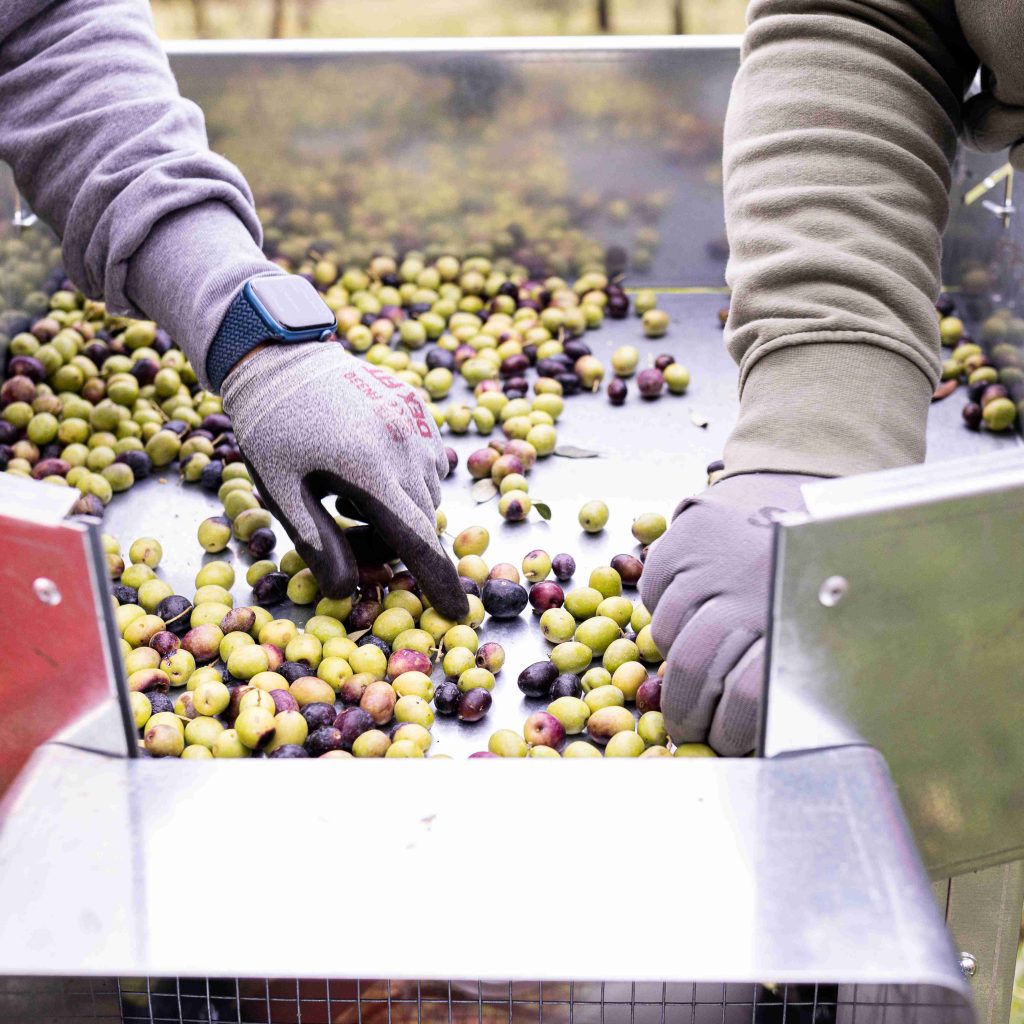
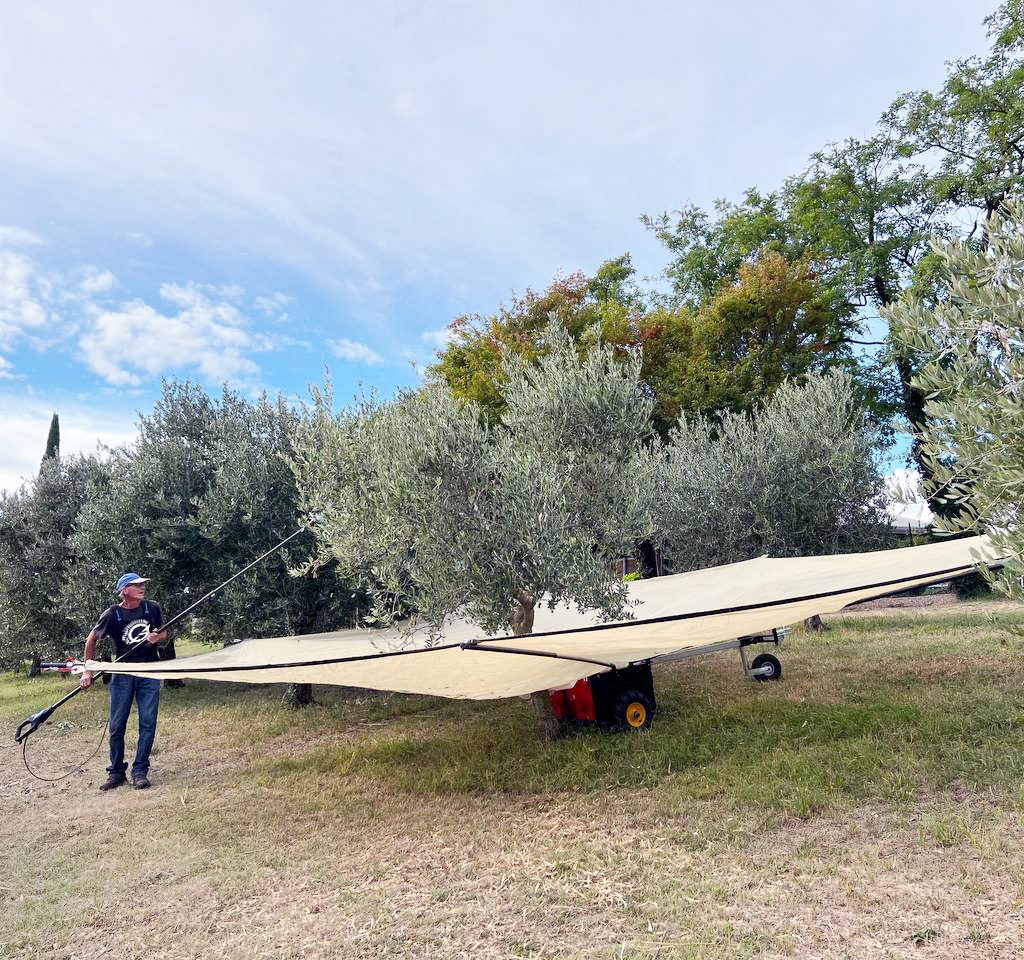
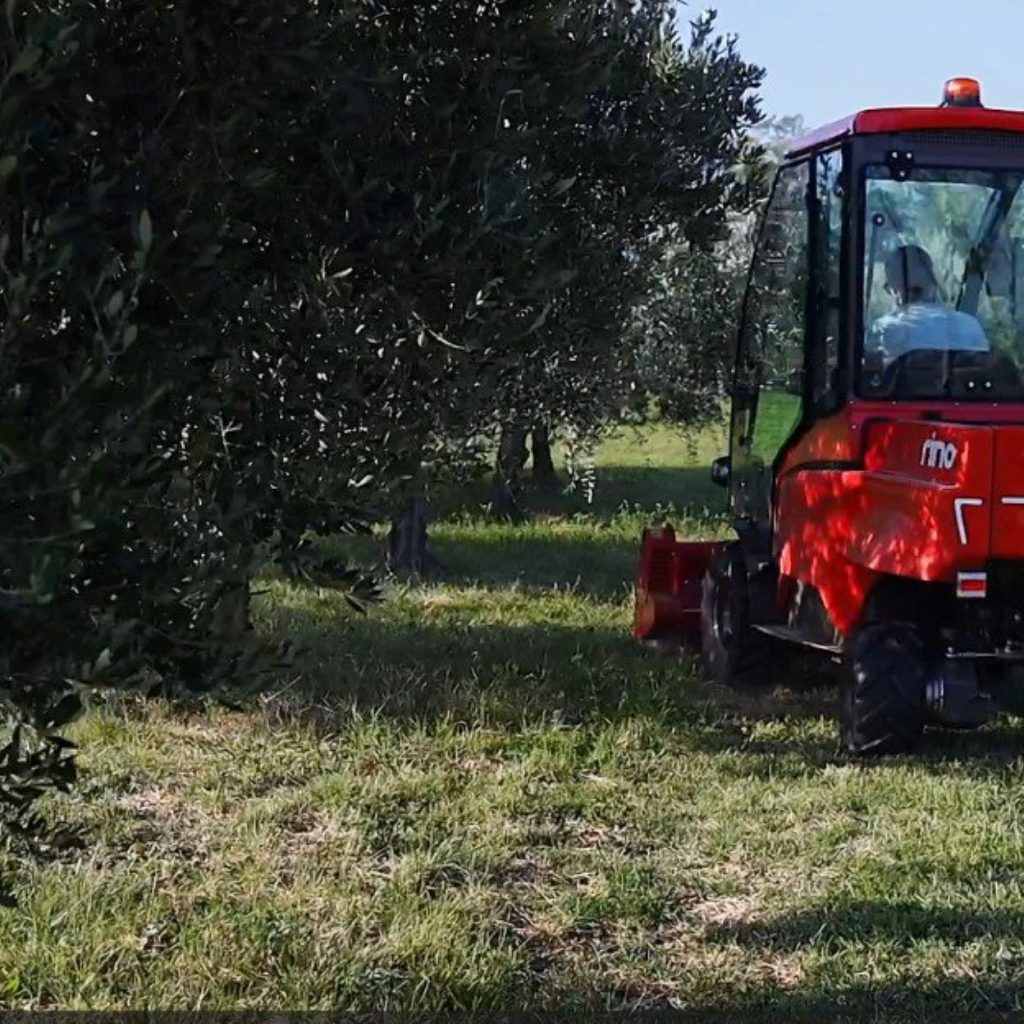


Immerse yourself in the golden reflections and velvety texture of our extra
virgin olive oil. Grown on the hills of San Dionigi, each olive comes first
subjected to cold pressing t o extract th e liquid gold it embodies
the very soul of the Mediterranean. Our olive oils are a symphony of flavors,
ranging from robust and peppery to delicate and fruity.
Steps involved in our Oliviculture
a sustainable heartbeat echos through each one of our trees
rooted in sustainability growing tomorrow's harvest



